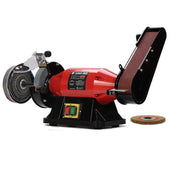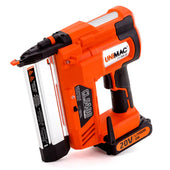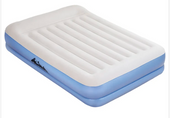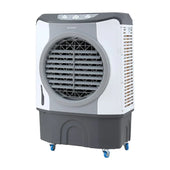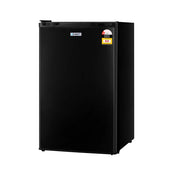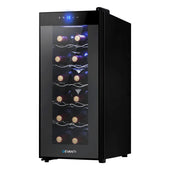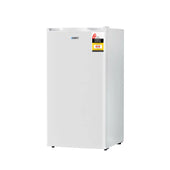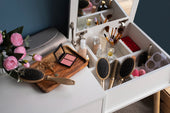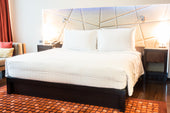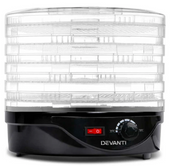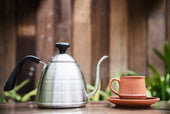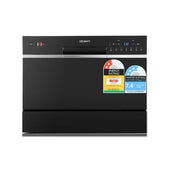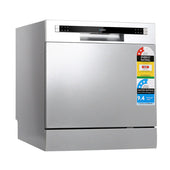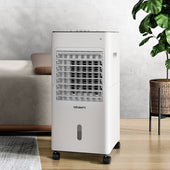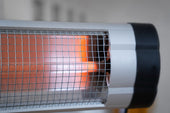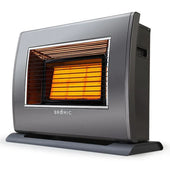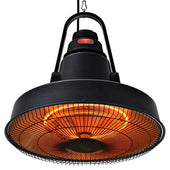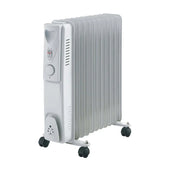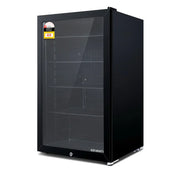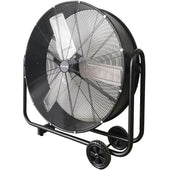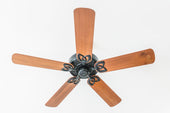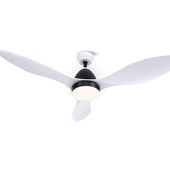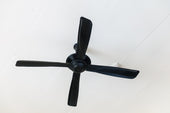Understanding Buffet Furniture: An Introduction
Buffet furniture, often referred to as a sideboard, is a versatile and functional piece typically placed in dining rooms or living areas. At During Days, it is designed for both storage and display, it is characterised by a flat surface on top and enclosed compartments or drawers underneath. Historically, buffets served as an ideal spot for laying out food during gatherings, and they continue to fulfil this role today.
Key features of buffet furniture include:
- Storage Space: Compartments and shelves provide ample room for tableware, cutlery, or linens.
- Surface Utility: The flat surface accommodates decorative items, serving platters, or beverages.
- Design Variations: Modern buffets come in various styles, ranging from minimalist to ornate.
Transitioning from traditional uses, their practicality has extended to serving as statement furniture in contemporary homes.
The Origins and History of Buffet Furniture
Buffet furniture has its roots in the lavish dining traditions of 16th-century Europe. Initially designed as a functional side table, it was used to hold food, beverages, and dining accessories during elaborate meals. The term “buffet” stems from the French word for a sideboard, reflecting its role as a serving table.
As dining practices evolved, buffets became more ornate, incorporating decorative carvings and storage options like cabinets and drawers. By the 19th century, they gained popularity in Victorian homes, blending utility with aesthetics. Modern buffets continue to balance functionality and style, adapting to various interior designs such as the white sideboard look that’s both clean and elegant.
Key Features of Buffet Furniture Designs
- Ample Storage Space: Buffet furniture often includes spacious cabinets, drawers, or shelves to store dinnerware, linens, and other essentials. This makes it a versatile piece for dining rooms.
- Stylish Surface Area: The expansive top surface is ideal for serving food, displaying decor, or even acting as a bar station during gatherings.
- Material Variety: Common materials include solid wood, MDF, glass, or metal, offering options to suit different decor styles and budgets.
- Design Variability: From traditional carved designs to sleek modern lines, buffet furniture caters to both classic and contemporary tastes.
- Functional Accessories: Features like wine racks, adjustable shelving, or built-in lighting enhance utility and sophistication.
- Durability: Crafted with quality materials, these units are designed to withstand daily use while maintaining their appearance.
Common Materials Used in Buffet Furniture
Buffet furniture is crafted from a variety of materials to suit diverse design styles, functional needs, and budgets.
Wood
- Solid wood: Often used for durability and timeless appeal, common woods include oak sideboard, mahogany, and walnut.
- Engineered wood: MDF or particleboard offers affordability with versatile finishes like laminates or veneers.
Metal
- Steel or iron is employed for structural frames, adding strength and a contemporary aesthetic.
- Aluminium or brass accents are frequently seen in decorative designs.
Glass
- Clear or frosted glass may be featured on doors or shelves for a modern and sleek look.
Stone
- Marble or granite tops are utilised for luxurious surfaces resistant to scratches or heat.
Popular Styles and Designs of Buffet Furniture
Buffet furniture comes in a variety of styles to complement different home interiors. Commonly seen styles include:
- Traditional Buffets: Often featuring ornate carvings, wood finishes like wooden sideboard, and curved edges. These pieces evoke a sense of elegance and classical design.
- Modern Buffets: Characterised by clean lines, minimalist designs, and materials like glass, metal, or high-gloss wood. These suit contemporary interiors.
- Rustic Buffets: Typically crafted from reclaimed or distressed wood, showcasing natural finishes and earthy tones.
Popular designs include buffets with built-in wine racks, open shelving, sliding doors, or mirrored finishes, catering to both aesthetic and practical preferences like those seen in green sideboard styles.
Functions and Uses of Buffet Furniture in Modern Homes
Buffet furniture serves multiple purposes in today’s homes, enhancing both functionality and style. It provides an organised storage solution for dining essentials, such as plates, glassware, and cutlery, ensuring easy access during meals. Its expansive surface is ideal for displaying decorative pieces, enhancing a room’s aesthetic appeal.
Buffets also function as serving stations, particularly during gatherings, where food and beverages can be conveniently presented. In spaces beyond dining rooms, they are repurposed to store books, electronics, or linens. The versatile designs allow them to blend seamlessly into interiors, often doubling as accent pieces or dividers—like the multifunctional kitchen sideboard.
Differences Between Buffet Furniture and Sideboards
Buffet furniture and sideboards serve similar purposes but exhibit distinct characteristics in design and functionality. Buffets typically feature longer and taller profiles, often accompanied by ample storage drawers and cabinet doors meant for dining essentials. Sideboards, on the other hand, are generally shorter and can be styled more decoratively, making them versatile for various spaces such as living rooms and hallways.
Sideboards may include sleek features like tapered legs or minimalist designs catering to modern aesthetics, while buffets often focus on practicality with a robust and structured build. Both types reflect individual needs, offering tailored solutions for various interior arrangements and preferences—including variations like the rattan sideboard and black sideboard collections.
How to Choose the Perfect Buffet Furniture for Your Space
Selecting the right buffet furniture involves balancing functionality with aesthetics. Begin by considering the size and layout of the room. Measure the available space to ensure the piece fits without overwhelming or underutilising the area. Factor in the furniture’s primary purpose—whether it’s storage, serving, or decoration—when evaluating its design.
Focus on the material and finish. Solid wood offers durability, while glass or mirrored elements create an illusion of space. Match the style to your existing décor, ensuring harmony between the buffet and other furniture.
Check storage potential, including shelves, drawers, or cabinets, to accommodate your needs.
Care and Maintenance Tips for Buffet Furniture
Proper care extends the longevity of buffet furniture while preserving its aesthetic appeal. Regular dusting with a soft, lint-free cloth prevents grime build-up. Avoid harsh chemicals; instead, use cleaning solutions suitable for the material, such as wood polish for wooden buffets.
Protect surfaces from scratches with coasters or felt pads under decorative items. Minimise exposure to direct sunlight, which can fade finishes. For spills, wipe immediately to prevent stains. Periodic checks for loose hinges or hardware help maintain functionality.
Humidity control is crucial to prevent warping or cracking, especially for wood. Employ furniture wax or sealant periodically to maintain its shine and durability.
Creative Ideas for Styling and Decorating Buffet Furniture
- Add a Statement Mirror or Artwork: Hanging a mirror or bold artwork above the buffet creates a striking focal point while enhancing the room’s depth and style.
- Incorporate Seasonal Décor: Use the buffet to showcase rotating seasonal decorations, such as floral arrangements, candles, or holiday-themed accents.
- Curate Decorative Trays: Group items like vases, figurines, or small plants on a tray to keep the surface organised and visually appealing.
- Display a Lamp or Accent Lighting: Enhance ambience by placing a stylish table lamp or LED light strips for added warmth.
- Layer with Textures: Incorporate fabric table runners, ceramic bowls, or wood accents to create visual contrast and dimension.
Where to Shop for High-Quality Buffet Furniture
When looking for high-quality buffet furniture, there are several places to explore.
- Furniture Stores: Dedicated furniture retailers often offer a variety of buffet styles, materials, and finishes, including solid wood and contemporary designs.
- Home Décor Boutiques: These shops may provide unique or handcrafted buffet pieces for customers seeking something distinctive.
- Online Retailers: Websites like Wayfair, John Lewis, or Habitat allow customers to browse extensive collections while comparing prices and reviews.
- Antique Shops: For vintage buffet furniture with character and history, antique stores are worth visiting.
- Custom Furniture Makers: Those preferring tailored designs can work with artisans to create bespoke buffet furniture.
Conclusion: Is Buffet Furniture Right for You?
When determining if buffet furniture is suitable, one must consider several factors. It is ideal for individuals seeking functional storage combined with aesthetic appeal. Those who entertain frequently may find its combination of serving space and organisation particularly advantageous. Homes with limited storage or dining areas can benefit from its versatility, as it bridges practicality and design seamlessly.
Buffet furniture suits various interior styles, ranging from traditional to modern. Consider space constraints, personal design preferences, and the intended use. Evaluating whether it complements existing furniture will also ensure cohesion. Ultimately, buffet furniture offers a timeless solution for enhancing both practicality and style.


